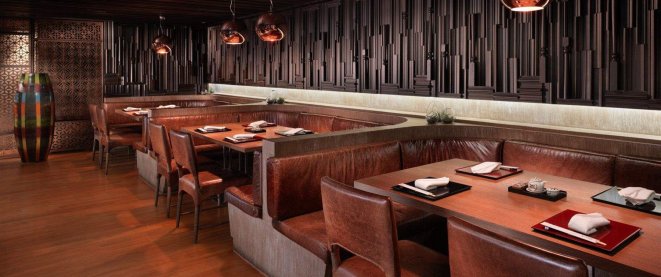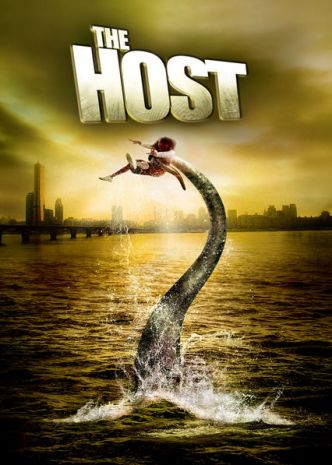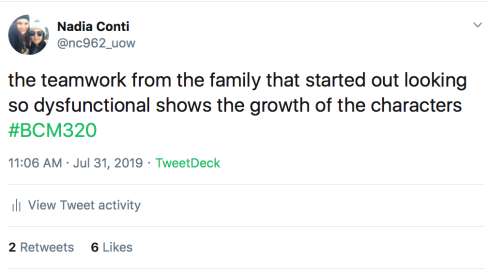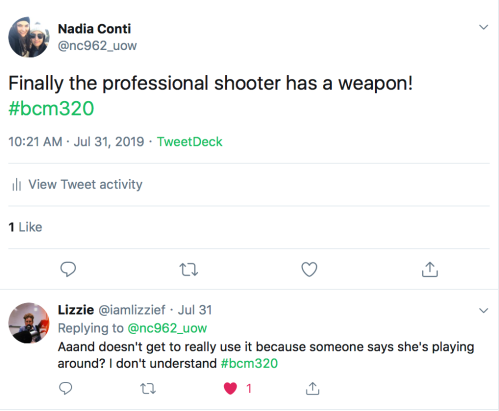
K-Pop is not something I have ever been interested in, nor is it something I have been exposed to in my life. Because of this, I thought it would be fun to look into it a bit more.
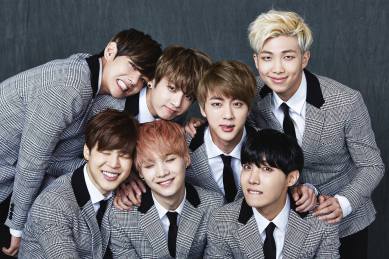
So, what is K-Pop? I’m sure a lot of people already know but K-Pop is an abbreviation for Korean popular music. The genre consists of electronic, hip-hop, pop, rock and R&B music, originating in South Korea (Kpop For Beginners, 2019).
While originally only popular amongst teens and young adults across Asia, thanks to the internet people all over the world can now enjoy the music and fashion and style of Korean idol groups and singers.
History of K-Pop
K-Pop dates all the way back to 1885 when Henry Appenzeller would teach American and British songs to school kids, translating the lyrics into Korean. These songs, known as changga, were banned during Japan’s rule over Korea from 1910 to 1945 as they denounced Korea’s colonial oppressors (Mersereau, 2017).

In 1945 Korea met the Western culture with American popular music, being introduced by the U.S troops that stayed after the Korean War ended. During the era the first Korean pop stars appeared including The Kim Sisters in 1959. Other notable K-Pop singers include Seo Taiji & Boys in 1992 and H.O.T. in 1996 (Mersereau, 2017) .
Seo Taiji & Boys were the breakout group that inspired K-Pop. They wore baggy pants, rapped and danced, something that was very different to the music that Korean’s were used to. This began the rise of the K-Pop we know today, it’s an idea rather than a genre (Explained: K-Pop, 2018).
The current K-Pop landscape in dominated by pop groups that emerge under the training, management and total control of the record labels. These are known as ‘slave contracts’ as they are one sided and long running with only a small percentage of the total earnings going to the artist (Mersereau, 2017).
My cultural background is Italian and Australian. I am never exposed to music that is outside of these cultures. The music I listen to is heavily influenced by my friends, who are mainly into current and popular music. I have no favourite genre but can say that I don’t like heavy metal. I don’t listen to much music outside of Western countries so K-Pop is very different for me. Keep this in mind as you watch me watch K-Pop. I decided to look into some of the more popular current K-Pop artists, BTS and Black Pink.
References
Explained: K-Pop. (2018). Directed by E. Klein and J. Posner. United States: Vox.
Kpop For Beginners. (2019). What is Kpop?. 28 Oct 2019. https://kpopforbeginners.weebly.com/what-is-kpop.html
Mersereau, J. (2017). A brief history of K-Pop | A.Side. A.Side. 28 Oct 2019. https://ontheaside.com/music/a-brief-history-of-k-pop/

